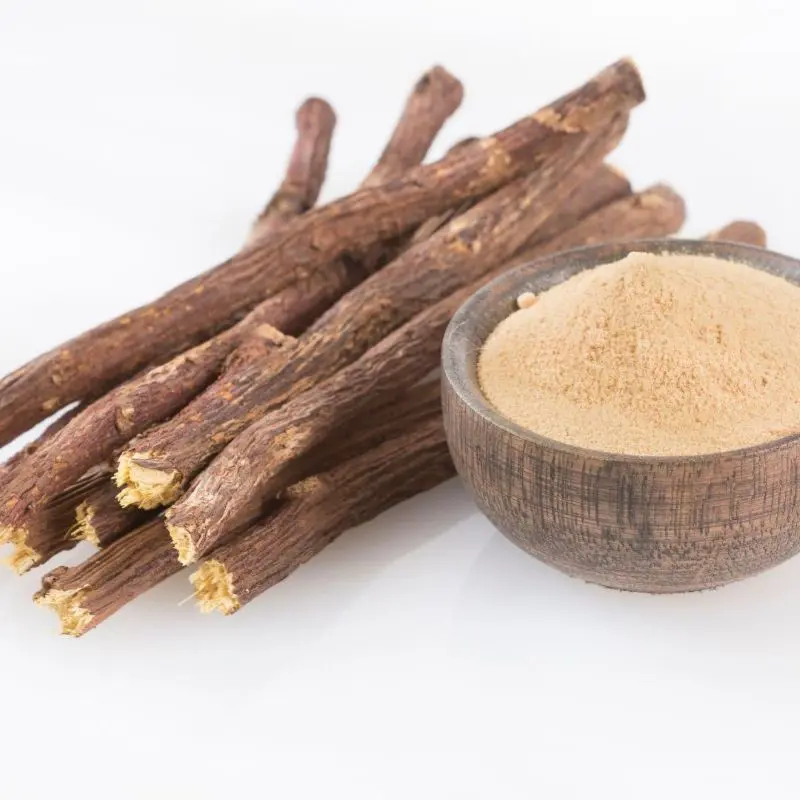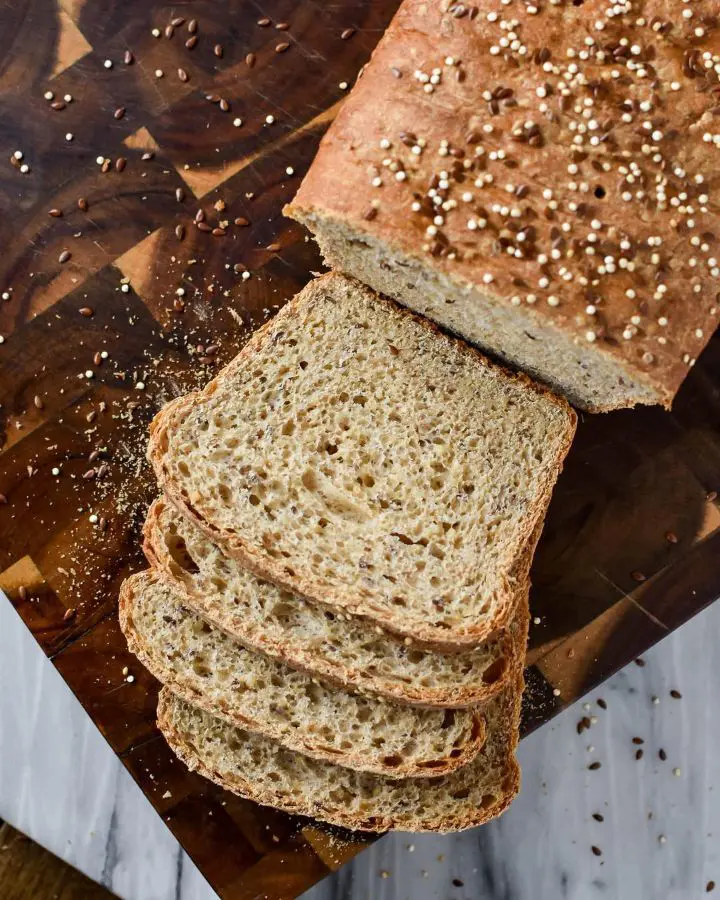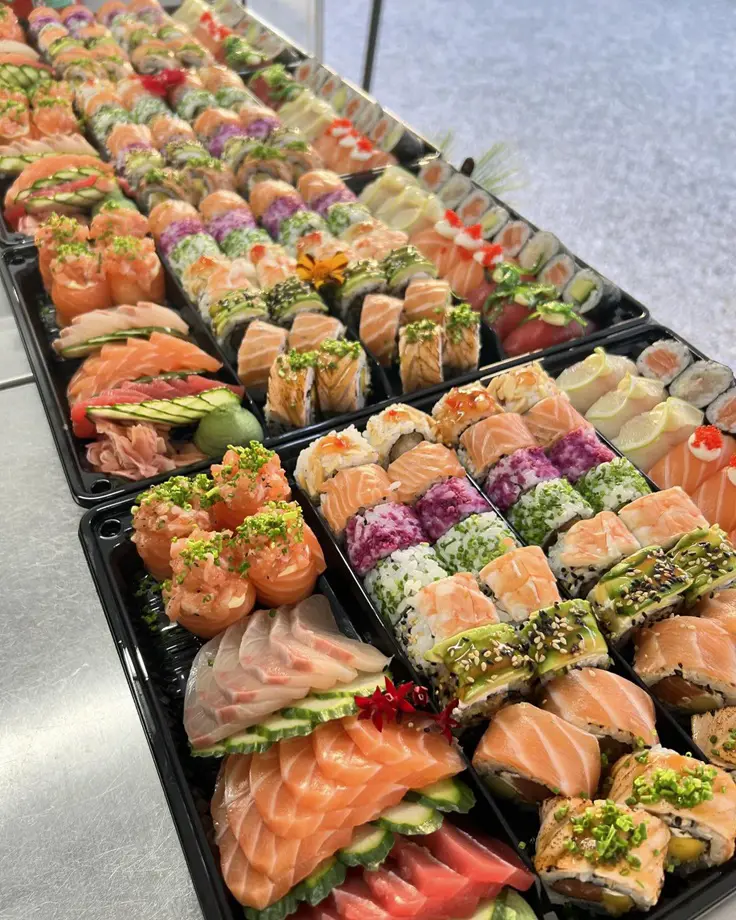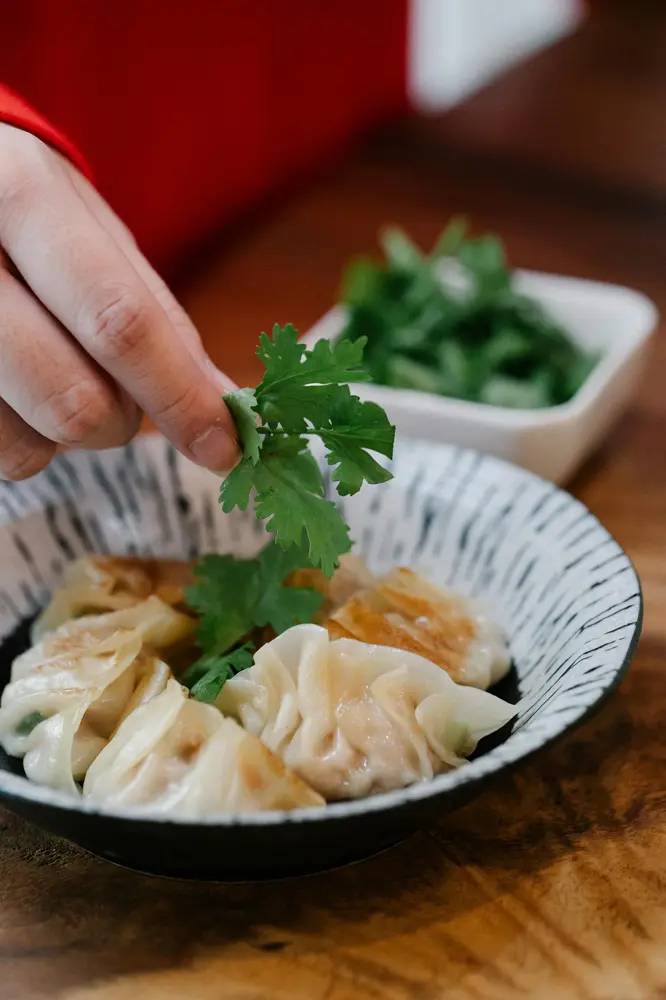Is Ramen Healthy? Here's What Dietician Says

This post may contain affiliate links. If you make a purchase through links on our site, we may earn a commission.
Ramen is a traditional dish from Japan that in the recent era has become a global phenomenon. This beloved and comforting soupy dish however has been questioned, when it comes to its nutrition.
Best for those looking for a quick (instant), affordable and tasty meal, the high sodium content and calories present in it give rise to the question: Is ramen healthy? For anyone curious about ramen's health implications, we have got everything covered here, from its ingredients to ways you can enjoy it with maximum health benefits.
What Is Ramen Made Of?
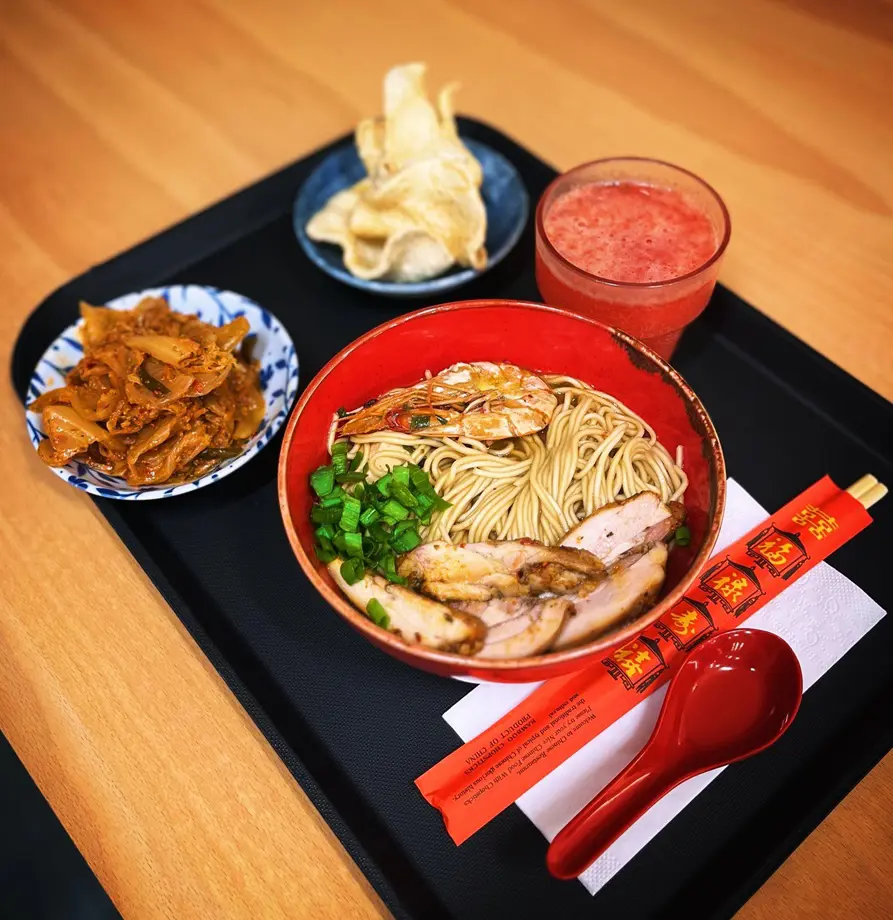
Ramen is an assembled dish, there are many ingredients you need to be ready with if you plan to prepare it on your own. The main ingredients without which ramen would be incomplete include:
Noodles
The noodles in the ramen are typically made of wheat flour, which provides them with the structure as well as the chewy texture. The type of flour commonly used for ramen is referred to as semi-strong flour or strong flour, which has a protein content of about 10-13%. This protein content is important in providing the noodles with their signature elasticity and texture.
The ramen noodles are made thin and hard so that they can maintain their chewy texture and firmness when cooked, and they tend to be a yellowish color due to the addition of kansui which is an alkaline mineral water.
Broth
Just like noodles, ramen broth is another fundamental part of ramen that can be prepared using different ingredients. The main ingredient of ramen broth is meat, which can differ, the use of meat alone imparts both rich and savory flavor to the ramen.
The most common broths are based on chicken, pork, or a combination of both. The one made from the chicken is perfect to create a lighter, clearer base for the ramen while combinations made with Japanese dashi stock can be best to create a rich and creamy broth. The broths are prepared by simmering meats for long hours.
The flavor of the broth is made more appealing by the use of soy sauce, miso, or salt.
Toppings
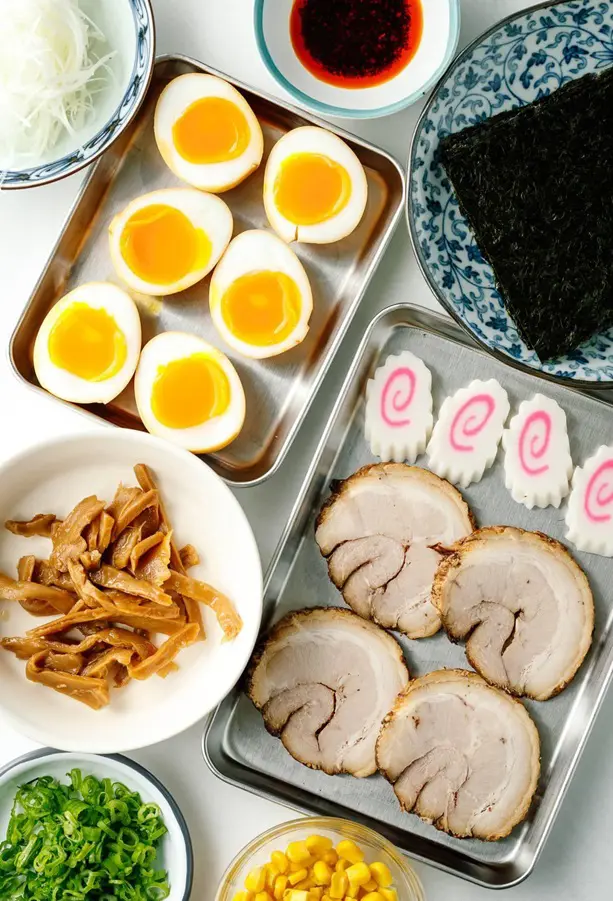
Traditional ramen is not complete without toppings, bamboo shoots, sliced pork, green onions and nori (seaweed) are some common ones that really enhance the taste and flavor of ramen. The other toppings used in different types of ramen include:
- Chashu (braised pork belly or other meats)
- Soft-boiled eggs (often marinated)
- Mushrooms
- Spinach or other leafy vegetables
Overall, depending on the broth, flavorings, noodles, and toppings, each bowl of ramen is unique and has its own fan base depending upon the personal taste preferences of people.
Fats Used In Ramen
Traditional ramen recipe makes use of fats like aroma oil or lard (pork fat) to make ramen more rich and flavorful. Besides these, sesame oil, chicken fat and chili oil are also some common additions to ramen that contribute to the mouthfeel of the ramen.
Instant Ramen Vs Other Ramens

Instant ramen is way different from traditional ones, they have different compositions which mostly focus on the shelf life and artificial flavors. The ingredients we listed above for a typical traditional ramen, however, are all natural and pose fewer health issues.
The restaurant-style ramen prepared around the world also differs from the traditional versions. Though they are fresher than instant ramen and don't have artificial preservatives added to them, they still contain unhealthy amounts of certain ingredients, like higher sodium levels. Though these ingredients are used to improve the flavors, the health issues related to these ingredients make the edibility of ramen questionable.
Calories In Ramen
The use of different kinds of ingredients in different ramen makes the calorie content in your bowl of ramen variable. Let's have a look at the calorie count for different ramen varieties:
Shoyu Ramen: is minimal, starts at around 700 calories per bowl
Miso Ramnen: is slightly higher than in the Shoyu ramen, starts at 800 calories per bowl
Tonkotsu Ramen: is on the higher side, starts at 900 calories per bowl
Shio Ramen: starts at 700 calories per bowl
Instant Ramen Noodle: is different depending on the products, commonly a serving size of instant ramen noodle has more than 200 calories. Despite the low value, it does not have the nutrients in the same amount as in traditional ramen.
Restaurant-styled ramen: can go beyond 1,000 calories
The spicy ramen has even more calories. Depending on how much chili oil you add to your ramen bowl, the calorie content increases anywhere between 50 to 200 calories.
How Much Ramen Is Too Much?
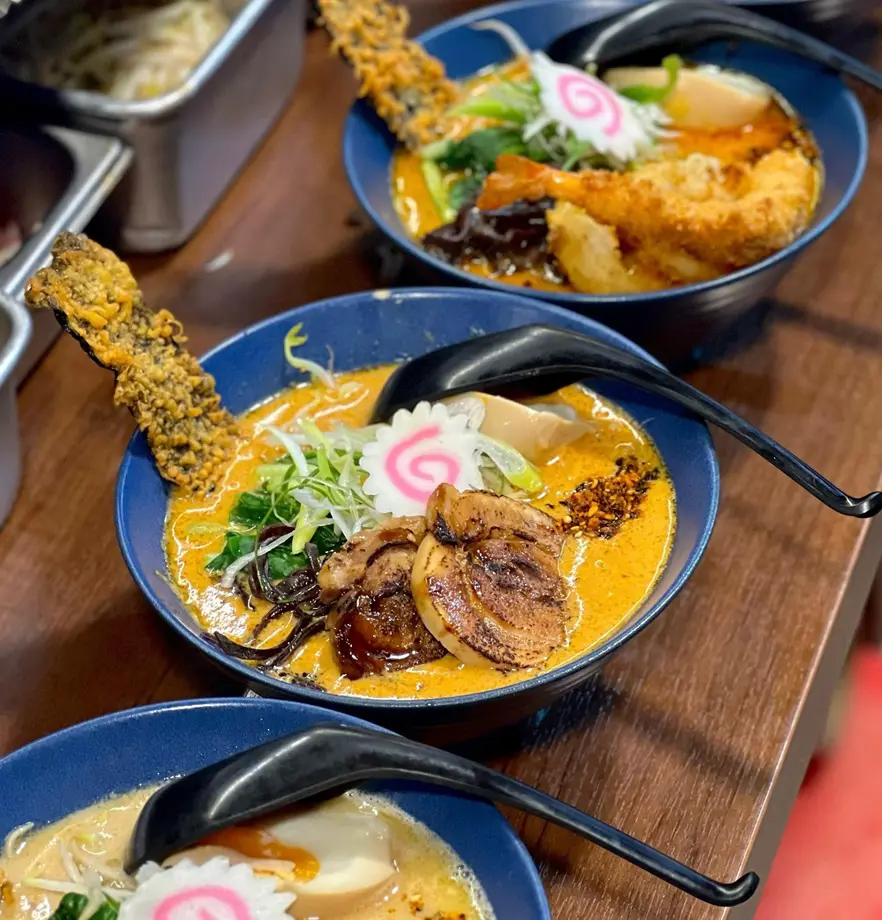
The extent to which any ramen can be healthy depends on various factors. Some important ones to consider include:
Calories: Though traditional ramen is loaded with fresh ingredients, they tend to be high in calories. As already mentioned earlier, calories in a bowl of ramen can meet half of the recommended daily calorie intake.
Except for the traditional ramen, it is also important to look after the calorie content of instant and mainly restaurant-styled ramen.
Sodium Content: The main concern of instant ramen is its sodium content. Despite being low in calories, its single serving can have as high as 1,000 milligrams or more sodium which is around 40% of the recommended amount. The sodium content in restaurant-style ramen can be similarly high.
However, for traditional ramen, this value can be quite low. So, to make sure that you are not consuming too much sodium, it's important to regulate the amount of different types of ramen you consume.
Fat: The fat content is also one of the key factors for comparing the health impacts different types of ramen have. The ones that come with the lower fat content like Shoyu and some instant ramen, that have 15 to 20g of fat, can be appropriate for regular use but the ones that have higher fat content like Tonkotsu and Miso ramen are better only if consumed occasionally.
Additives: Additives are common in instant ramen. The common additives that help make the ramen flavorful and sustain it for a long period include chemicals like monosodium glutamate (MSG) and artificial colorants and flavors. Consuming instant ramen with too many additives is considered "too much" as it can have negative effects on health.
Frequency: If you consume ramen daily or in excessive amounts throughout the week, it may be "too much". A bowl of ramen is a part of a healthy meal only when it is treated as an occasional dish. Overall, the balance of foods, having low-calorie meals after a heavy bowl of ramen can be the best way of getting your diet right.
Healthy Serving Size
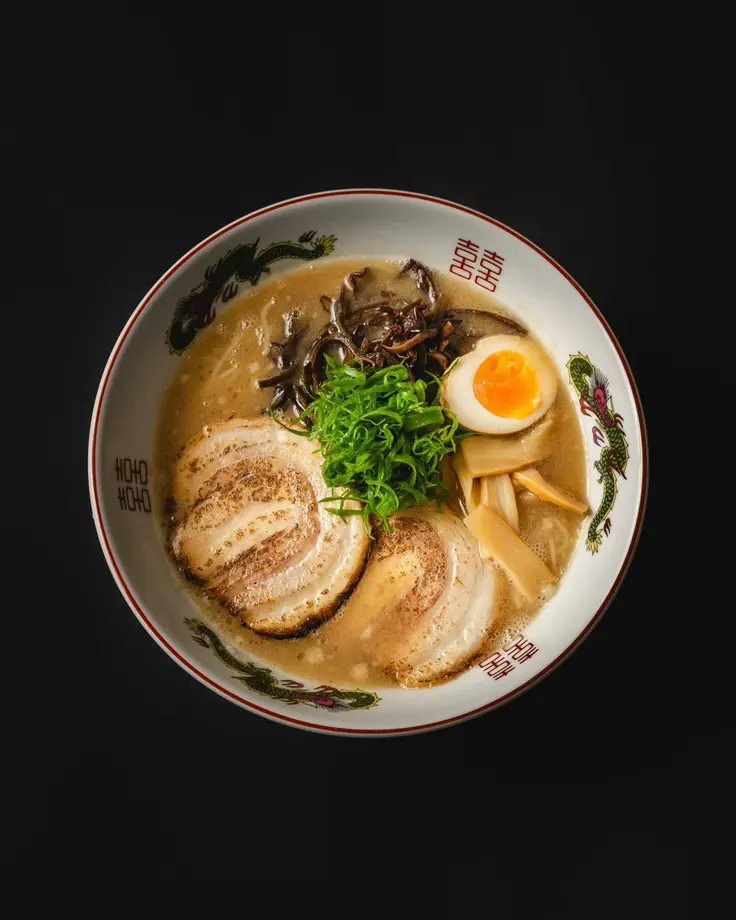
As ramen is flavorful, we often tend to consume it on large portions and also more frequently. Let's have a look at serving sizes of different ramens, depending on which you should decide how much of ramen is actually healthy:
Traditional Ramen: A regular portion of traditional ramen typically contains 130 to 180 grams of noodles which has around 500 calories. The serving size however varies with the type of ramen, as different types are prepared using different ingredients.
Instant Ramen: For instant ramen, the recommended serving size is generally around 43 grams of dried noodles, which equates to roughly 200 calories. It's important to note that as instant ramen comes with added seasonings, the amount of calories you get from the instant ramen meal depends on how much of the seasoning packet you use.
Restaurant-style Ramen: The large portions of ramen served in restaurants can contain up to 1,000 calories or more. Though ramen made in restaurants are fresher than instant ones, it's better to limit the portion sizes, a way to mindful eating. The servings in restaurants come anywhere between 200 and 400 grams which can be shared and for further balance, can be added with more vegetables or lean proteins.
Potential Drawbacks Of Too Much Ramen
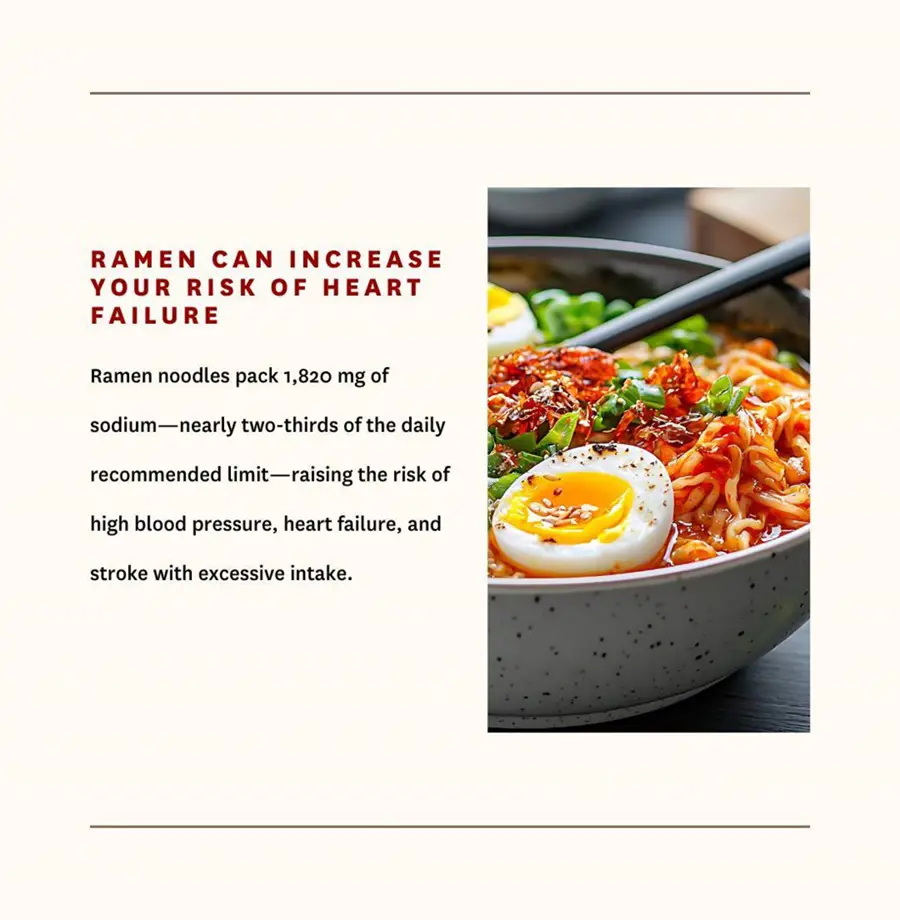
The drawbacks of ramen lie in the excess presence of its ingredients. Some health effects caused by consuming these ingredients in excess include:
- The continuous presence of high sodium in diet can lead to high blood pressure. So, regular consumers of ramen should try to limit the sodium concentration in their ramen.
- For consumer who prefer instant ramens, in terms of feasibility and accessibility, they should know that the excess chemicals present in these ramens can degrade health. For instance, artificial flavorings like monosodium glutamate (MSG) present in instant ramen is not considered good for our metabolic processes.
- The presence of excess fats, that may be either from meats or oils, can increase the incidences of heart disease.
- Ramen noodles are often made from refined flour, so, they should not be consumed often to prevent random blood sugar spikes.
Benefits of Ramen
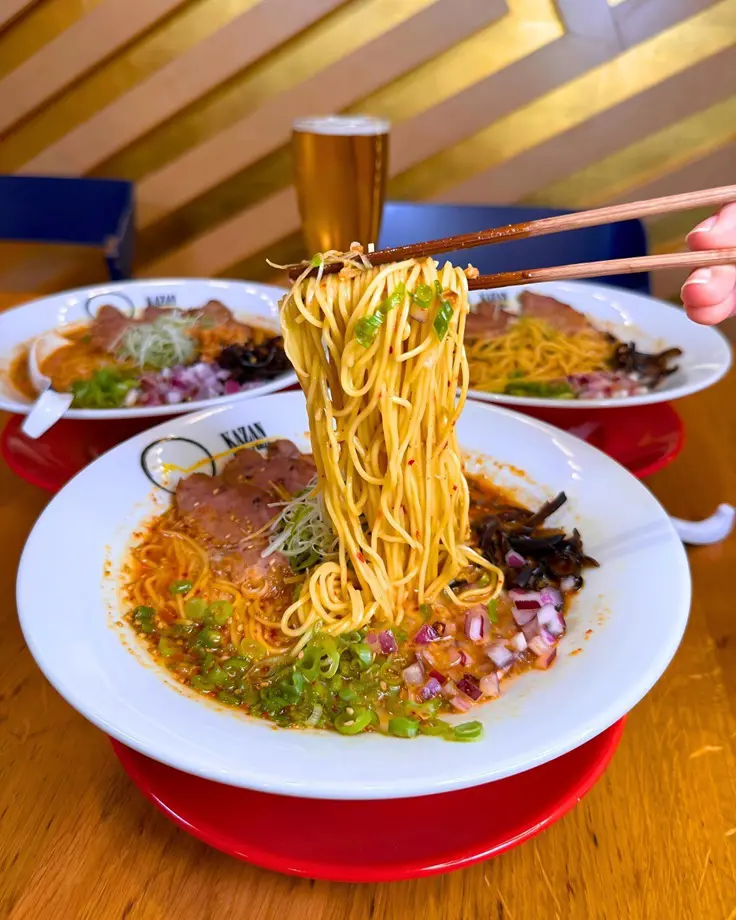
When done right, ramen can rather be nutritious. A healthy bowl of ramen, that is made with thoughful choices of flour, broth and toppings can have following benefits:
- Ramen is easy and fast to prepare. It can be a perfect meal for any time of the day, best to fill you in busy days.
- If lean protein and vegetables are used abundantly, ramen can be a good source of energy.
- Using proper flour, whole wheat or buckwheat, also has benefit to offer. A healthy choice of flour means greater amount of fiber in the diet, which can make digestion smooth.
- As the half of ramen is broth, it can be used to maintain fluid levels in the body.
- As ramen is a comfort food, it is appropriate choice as a food after drinking. It can provide immediate source of energy if you are tired out and can help gain lost fluids back.
- You can customize your ramen the way you like, get yourself a protein packed meal by laying over proteinaceous toppings!
Ways To Make Ramen Healthy

To make ramen healthy, all you need is to focus on controlling the sodium, fats and calories, that vary according to different versions. Some ways to make ramen healthier, but without sacrificing the flavor are as follows:
-
Opt For Whole-wheat Ramen Noodles
White refined flour has been the ultimate choice for ramen production. The use is valid, as it provides texture and stretchability, liked by consumers. These noodles however don't have nutritional value at maximum.
So, it's better to switch to other options like noodles made from whole wheat or buckwheat (soba) if you are a regular ramen consumer. The replacement is perfect to nutritionally balance the meal by increasing the fiber content.
-
Make Your Own Broth
One of the significant health concerns related to ramen consumption is its high sodium content. To monitor this, start by preparing low-sodium broth from scratch using fresh ingredients. Canned chicken or seafood is not recommended as they themselves are packed with sodium. Also, you can control the sodium content by using less salt in the broth.
-
Avoid Flavoring Packet
Flavoring packets that mainly come with instant ramen need to be avoided if you want to limit the sodium and additive intake. You can make your own flavoring paste using ingredients like soy sauce (in moderation), miso paste and sesame oil which can be used to prepare a flavorful base.
-
Add Lean Proteins and Fresh Vegetables
A huge part of the calories in ramen comes from the use of fatty pieces of meat. So, in order to reduce the calorie content, you can use leaner cuts of meat instead. Grilled chicken, tofu, shrimp, or even a soft-boiled egg can be proper replacements for pork or beef which is commonly used in ramen recipes.
Another way to increase the nutrients in the ramen is to introduce fresh produce. Mushrooms, bok choy and carrots are some popularly used vegetables that can load the ramen bowl with minerals and vitamins.
-
Control Portion Sizes
Ramen, particularly restaurant-style or instant ramen, is dense in calories, so this is where the portion sizes matter. As these noodles are also served in huge portions, you can stick to moderate portion sizes only by preparing your own homemade ramen. This allows you to control the amount of broth, noodles and toppings, which can dramatically decrease the calorie content.
Bottom Line
There is no such thing as unhealthy ramen unless and until the ingredients in it are controlled. The freshness of traditional ramen makes it the best choice of instant ramen or you can also go for restaurant-style versions or instant ramen low in calories and sodium content for a healthier meal.
In cases, where you have to choose from instant ramen or restaurant-style versions, make sure that you control the portion sizes, avoid the flavoring packets (try to make your own or use a minimum of these), and try not to make them regular meals. Once you have consumed ramen, try to balance your daily calories with less calorie-dense meals. In conclusion, ramen is not inherently unhealthy and can be made healthier by focusing on moderation, mindful ingredient choices, and balancing the meal with other healthier options.
Recent posts
Nutrition
Nutrition
Liquorice Root: Benefits And Uses
You can spell it liquorice or licorice; this herb or root has been in use for centuries in most medicinal applications, as a natural sweetener and to enhance flavors. Regarding its origins, it comes from the root of the "Glycyrrhiza galbre" plant and...
Nutrition
Is Wheat Bread Healthy? An Expert Picks
Wheat bread has been proudly celebrated as a dietary staple in countless homes for as long as people can remember. It has earned a reputation as a healthier alternative to white or any other processed bread, that no one can deny. Because of its evide...
Nutrition
Is Sausages Healthy? Nutrition And Health Benefits
Sausages are tasty in an addictive way, making them one of the most popular foods worldwide. You may have enjoyed this convenient food often, whether on a bun with mustard or grilled on a barbecue, the simple preparation methods are what makes its co...
Nutrition
Ice Cream Benefits: Nutrition, Potential Risks And Best Choices
Not gonna lie, ice cream is often taken as a guilty pleasure treat, a delightful treat that takes you to cloud nine but is frequently associated with negative health implications. Nonetheless, the happy news is when devoured mindfully, ice cream can ...
Nutrition
Is Sushi Healthy? Some Good and Bad Choices
Sushi is a wholesome meal and a beloved Japanese dish. The traditional sushi recipe is a simple combination of fresh fish, vegetables, and vinegared rice which is popular for its minimalistic preparation. As with any food, there are factors that dete...
Nutrition
16 Benefits Of Coriander That Will Surprise You
Abundant in nutrients and antioxidants, coriander is an annual herb with a characteristic aroma that is extensively used around the world. Both coriander leaves (also called cilantro) and seeds are used in various cuisines around the world. Known fo...
